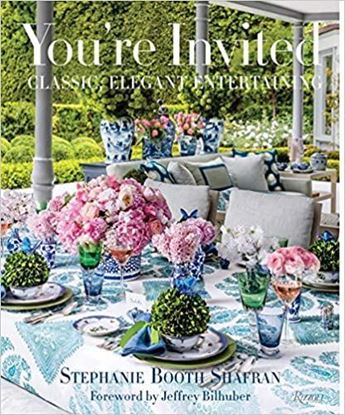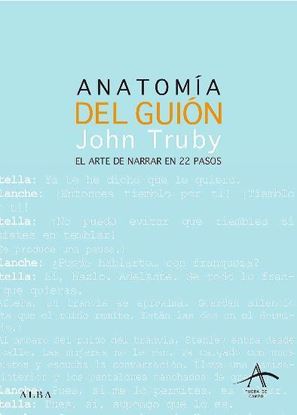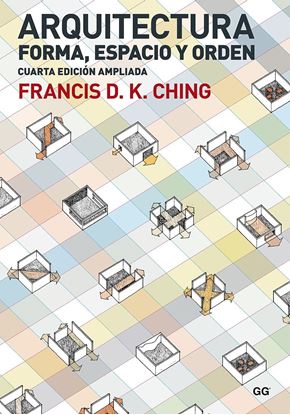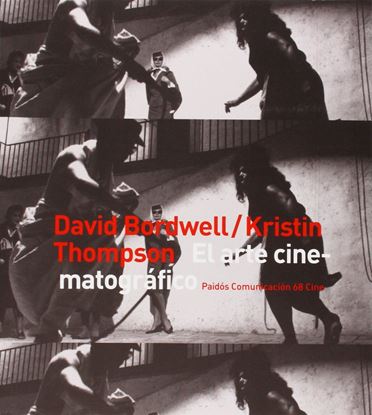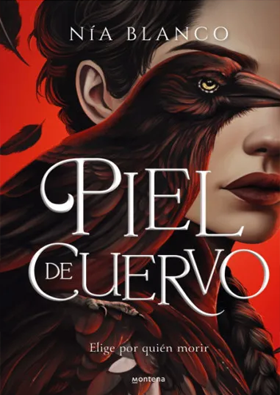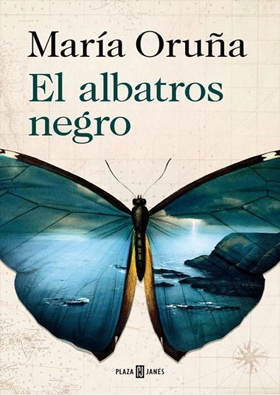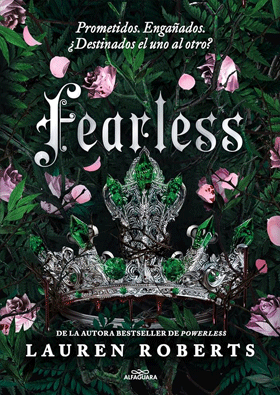

YOU`RE INVITED
In her first book, noted hostess Stephanie Booth Shafran shares her secrets for planning and giving brilliantly executed parties at home.
Taking at-home entertaining to an entirely new level, sophisticated L.A. hostess Stephanie Booth Shafran--recently named by the Salonniere as one of the top hostesses in Los Angeles--has a gift for celebration. From the table settings to the decor to the color-coordinated menus, every party she hosts showcases a myriad of inspired elements. In her first book, she shows readers how to set the stage for eight parties, from an elegant housewarming in her Jeffrey Bilhuber-decorated home to a classic California pool party to a festive Christmas brunch. She also shares advice on palette creation--blue and white for a ladies' charity luncheon, and deep burgundies for a gentleman's wine and cigar party. Each chapter ends with tips for that theme, whether it is entertaining alfresco or having parties for a charitable purpose. Shafran also includes a guide to her party essentials: inspiration, invitations, flowers, tablescape, linens, seating, the bar, and select recipes
3,800
ANATOMIA DEL GUION. EL ARTE DE NARRAR EN
Basado en las clases magistrales de John Truby, Anatomía del guión aborda conceptos y arquetipos extraídos de la filosofía y la mitología para transformarlos en una técnica actualizada para la redacción de guiones cinematográficos de gran profundidad narrativa.
El método de Truby es tan brillante como práctico. Su desarrollo se fundamenta en el crecimiento emocional y moral de sus protagonistas, y ofrece a lectores —profesionales y aficionados— multitud de herramientas y técnicas específicas para lograr que los personajes cobren sentido y el público conecte con ellos; ofrece además recursos para construir tramas sorprendentes, siempre con el sello personal del propio autor. Los 22 pasos para la composición de un guión que propone Truby se pueden aplicar a todo tipo de escritos, desde novelas y cuentos, a artículos periodísticos, memorias y ensayos. Son, sin embargo, en el guión donde han probado su mayor eficacia.
1,995
ARQUITECTURA. FORMA, ESPACIO Y ORDEN
Esta introducción clásica a los principios de la arquitectura analiza de manera sistemática y exhaustiva los fundamentos de la forma, el espacio y la ordenación arquitectónicos a partir de prototipos y de ejemplos históricos de todas las épocas, culturas y ámbitos geográficos. Partiendo de los elementos primarios hasta llegar a las composiciones arquitectónicas más complejas, el libro examina la cadena secuencial que va desde el punto, la línea, el plano y el volumen hasta la forma, el espacio, la organización, la circulación, la proporción, la escala y los principios ordenadores.
3,500
DIBUJO Y PROYECTO
El dibujo es una herramienta cognitiva y creativa fundamental a la hora de abordar el proyecto arquitectónico. Bajo esta premisa Francis D. K. Ching nos ofrece en este libro una guía de referencia con la que aprender a utilizar el dibujo como técnica para pensar el proyecto.Organizado en tres grandes bloques que pasan de lo más descriptivo a lo especulativo dibujo por observación, sistemas convencionales de representación gráfica y dibujo imaginativo, el libro explica paso a paso la gran multiplicidad de conceptos y técnicas que entran en juego en el dibujo arquitectónico: desde los principios básicos de la expresión gráfica (la línea, la forma, la sombra o el espacio), hasta los sistemas de representación más frecuentes (el sistema diédrico, la axonometría y la perspectiva cónica) o los innumerables conceptos y herramientas existentes (tales como el rayado, la orientación, la escala, la estratificación o la diagramación).Además de los 1.500 dibujos ilustrados a mano y los cerca de 140 ejercicios que incluye el libro, esta nueva edición ampliada incorpora técnicas de dibujo por ordenador e incluye un CD con tutoriales. El estudiante de arquitectura y el arquitecto encontrarán en estas páginas una ayuda práctica y didáctica no solo para representar los proyectos, sino también para pensar espacialmente.
3,300
EL ARTE CINEMATOGRAFICO
Uno de los manuales más importantes y exitosos de los últimos tiempos, El arte cinematográfico es también un espléndido resumen de todo lo que el estudioso y el aficionado deben saber sobre el cine antes de empezar a profundizar de verdad en la materia. Desde una descripción de los elementos primordiales de la producción cinematográfica hasta una sucinta historia formal del cine, pasando por un visión extremadamente fenoménica del estilo -a partir de la puesta en escena, el montaje, la fotografía y el sonido- y ejemplos de análisis críticos de filmes, el libro no sólo intenta erigirse en un completísimo mosaico sobre todas y cada una de las cuestiones que pueda suscitar el cine entendido como un arte autónomo, sino que además lo hace con un objetivo muy claro: como en El significado del filme, La narración en el cine de ficción y EL cine clásico de Hollywood, los otros tres textos de Bordwell -este último junto con Kristin Thompson y Janet Staiger- también editados por Paidós, lo que debe importar no es tanto lo que dicen las películas como el modo en que lo dicen, o, en otras palabras, lo que Bordwell y Thompson llaman la forma cinematográfica, absolutamente distinta de la literaria o de la pictórica. Pues bien: es el dominio de ese alfabeto lo que conseguirán todos aquellos que se adentren en las páginas de esta obra excepcional.
4,200
IN VOGUE. ILLUSTRATED HISTORY OF WORLDS
i In Vogue is a fascinating look at the history of the world's most influential magazine. Of The complete compendium is illustrated with hundreds of covers and archival exteriors remain of past Vogue editions. featuring the work of some of the twentieth century's most respected artists. cover illustrators. and photographers - from Edward Steichen. Toni Frissell. and Erwin Blumenfeld to Irving Penn. Richard Avedon. David Bailey. Helmut Newton. Annie Leibovitz. Mario Testino . Steven Klein. uce Webber. and Herb Ritts. In 1909. an entrepreneurial New Yorker named Conde Nast took charge of a struggling society journal and transformed it into the most glamorous fashion magazine of the twentieth century. In Vogue traces the history.
5,300


